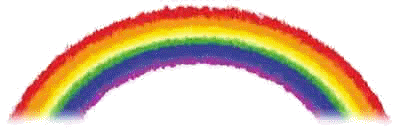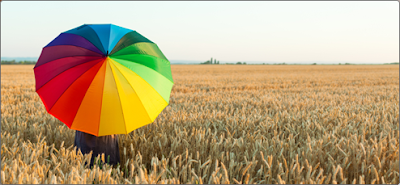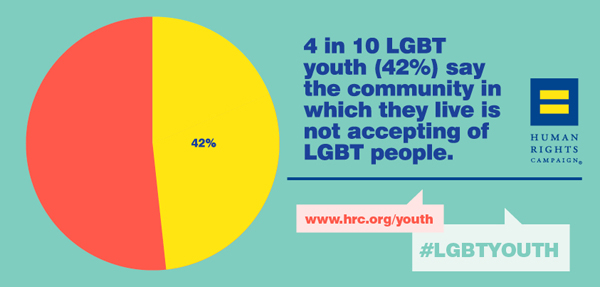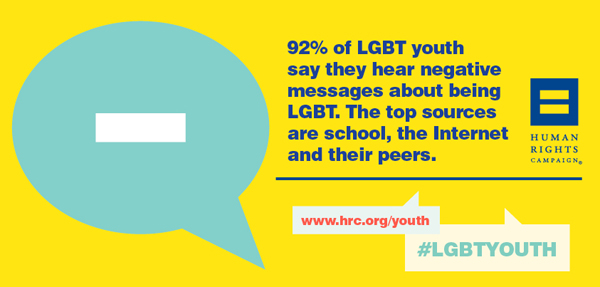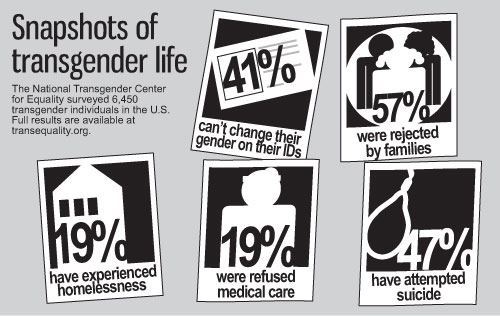Queer identities have evolved significantly, as
has the acronym used to describe the community. This post is designed to help
people become aware of what all those letters mean. I am including definitions
for each letter from our book's glossary "coming out" in 2017 from the American
Counseling Association.
Most people are aware of what the first part of
the acronym, LGBT, indicates.
Lesbian – (adjective, noun) a
female-identified person who is predisposed to emotionally, physically,
sexually, psychologically, and spiritually bond to other women.
Gay – (adjective) a person who is
predisposed to emotionally, physically, sexually, psychologically, and
spiritually bond with someone of the same sex and/or gender. It is most often
used to refer to males who are predisposed to emotionally, physically,
sexually, psychologically, and spiritually bond with other males, as in “gay
men”.
Bisexual/ Bi – (adjective) a person
who is predisposed to emotionally, physically, sexually, psychologically, and
spiritually bond with more than one sex or gender. Some use this identity to
indicate bonding with both males and females, while others use this identity to
indicate bonding with other gender identities beyond a male/female binary,
including third gender, genderqueer, and transgender persons. The attraction or
interest is not necessarily equally split among these sexes or genders.
Transgender – (adjective) 1) a person whose
gender identity does not match their designated sex at birth. 2) an umbrella
term for both binary (male/female) and non-binary (genderqueer) identities
whose gender identity and designated sex at birth are incongruent. Some
transgender persons will identify as genderqueer, whereas some may identify as
a transman or transwoman. Some others will identify simply as a male or female.
Q has become the umbrella
term to refer to the community as well. So rather than saying "the gay
community" people more often say "the queer community" or
communities.
Queer – (adjective) (1) a person whose gender
identity and affectional orientation are not reflected in traditional
heterosexual or gay labels and categories. (2) an umbrella term, used to
describe the entire community of LGBTQI+ persons, as in the “queer community”.
It reclaims a once derogatory term as an affirmative identity. Be aware,
however, that some persons still find the term queer offensive.
The rest of the acronym may be less clear to
people. There have been some new terminology as well as recognition of
identities that have had little attention in the past. The order of letters in
the acronym is also different depending on the context or community using
it.
Ally – (noun) a person who 1) has empathy for
LGBTQI+ people, 2) provides support to a person or people who are LGBTQI+, and
3) identifies with a privileged category compared to the individuals or groups
for whom they are supporting or advocating. (verb) as a member of a privileged
category in relation to those whom they are advocating by 1) actively
confronting bias and privilege both personally and within others, 2) believing
that bias, prejudice, and discrimination against the LGBTQI+ population are
issues that require social justice advocacy, and 3) participating in active
advocacy for individuals and/or groups who identify as LGBTQI+. For
example, a heterosexual or a gay male could both be an ally for a transgender
person.
Asexual – (adjective) a person who feels little or
no sexual desire and/or attraction to other people and experiences a lack of
interest in having a sexual relationship. It is recognized as an affectional
orientation. Also known as “ace” within the asexual community.
Genderqueer – (adjective) a person whose gender
identity is not reflected by the binary of male or female. It is also used as
an umbrella term, similar to third gender and transgender, to reflect people
who are gender non-conforming and/or non-binary identities. Genderqueer persons
may think of themselves as a combination of male and female (e.g., bigender),
no gender (e.g., agender), multiple genders (e.g., pangender, omnigender),
genderfluid, or third gender. Similar to the identity of queer, it reclaims a
once derogatory term as an affirmative identity. Be aware, however, that some
persons still find the term queer offensive.
Intersex – (noun) a person whose sex development in
utero differs from the expected sex presentation at birth, resulting in
ambiguous or both male and female chromosomes, hormones, internal/external
sexual organs, and/or secondary sex characteristics. A synonym of Disorders/Differences
of Sex Development.
Pansexual – (adjective) a person who is predisposed
to emotionally, physically, sexually, psychologically, and spiritually bond
with others, regardless of sex or gender. A synonym with omnisexual.
Two-Spirit(ed) – (adjective, noun) an indigenous/ Native
person to the Americas who embraces a third gender, which represents both
masculine and feminine spirit within one person. Their identity can involve
both affectional orientation and gender variance. Historically, two-spirited
persons were valued, respected, and honored for their spiritual and social
roles within a tribe.
Questioning – (verb, adjective) a person who is not
sure or is actively exploring their affectional orientation and/or gender
identity.
There are about a thousand
other terms, but these represent the most commonly used categories. If you have a question
about a specific term, write a comment and we'll respond!
